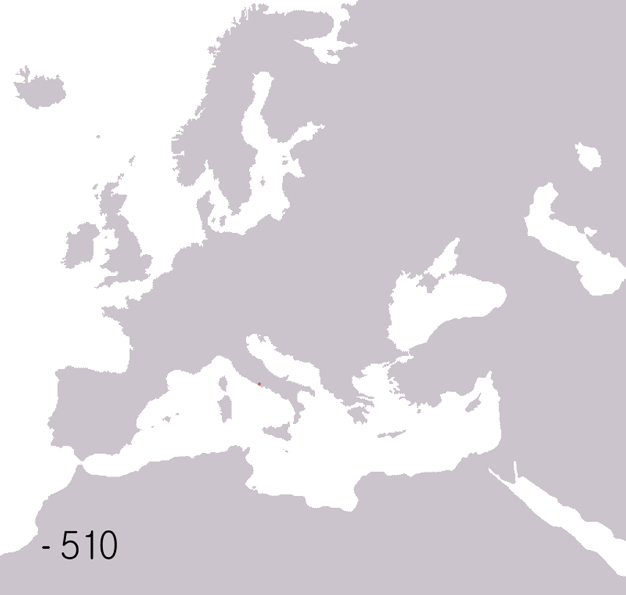Medieval England
- Introduction to Medieval Political Landscape
- Power Struggles and Developments
- Key Turning Points
Introduction to Medieval Political Landscape
The Origins of Medieval Europe

Loss of central political control in the Western Roman Empire in late antiquity.
The origins of Medieval Europe can be traced back to the fall of the Western Roman Empire, the Migration Period, and the rise of Germanic kingdoms. This period, often referred to as the Early Middle Ages or the Dark Ages, was marked by significant political, social, and cultural changes that laid the foundation for the medieval period.
The Fall of the Western Roman Empire
The Western Roman Empire, which had been a significant political power in Europe, fell in 476 AD. This event marked the end of ancient history and the beginning of the Middle Ages. The fall of the empire was due to a combination of internal issues, such as political instability, economic decline, and military weakness, as well as external pressures from invasions by various Germanic tribes.
The Migration Period and the Rise of Germanic Kingdoms
Following the fall of the Western Roman Empire, Europe entered the Migration Period, also known as the Barbarian Invasions. During this time, various Germanic tribes such as the Goths, Vandals, and Lombards moved into and settled in different parts of the former Roman Empire. These tribes established their own kingdoms, which were often short-lived and constantly changing due to ongoing conflicts and power struggles.
One of the most significant of these Germanic kingdoms was the Frankish Kingdom, which eventually gave rise to the Carolingian Empire under the rule of Charlemagne. Charlemagne's reign marked a period of relative stability and cultural revival known as the Carolingian Renaissance.
The Role of the Byzantine Empire
While the Western Roman Empire fell, the Eastern Roman Empire, also known as the Byzantine Empire, continued to thrive. The Byzantine Empire played a crucial role in preserving the knowledge and culture of the ancient world during the Early Middle Ages. It also served as a buffer against the invasions of various nomadic tribes from the east.
The Byzantine Empire was also instrumental in the spread of Christianity throughout Europe. The conversion of the Slavic peoples to Christianity, largely through the missionary work of Saints Cyril and Methodius, was a significant event that shaped the religious and cultural landscape of Medieval Europe.
In conclusion, the origins of Medieval Europe were shaped by the fall of the Western Roman Empire, the Migration Period, and the rise of Germanic kingdoms, with the Byzantine Empire playing a crucial role in preserving and spreading ancient knowledge and Christian faith. These events laid the groundwork for the political, social, and cultural developments that would take place during the medieval period.